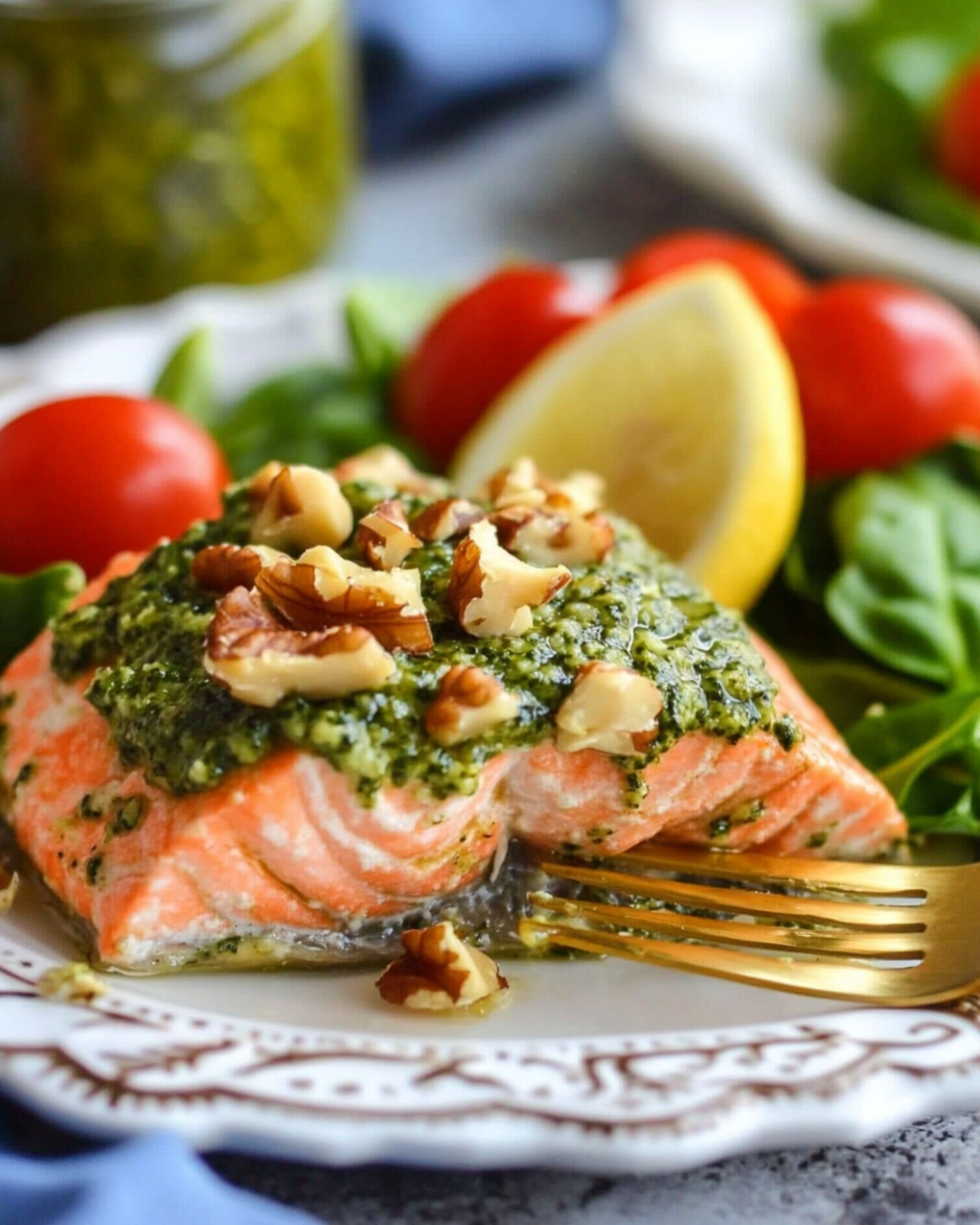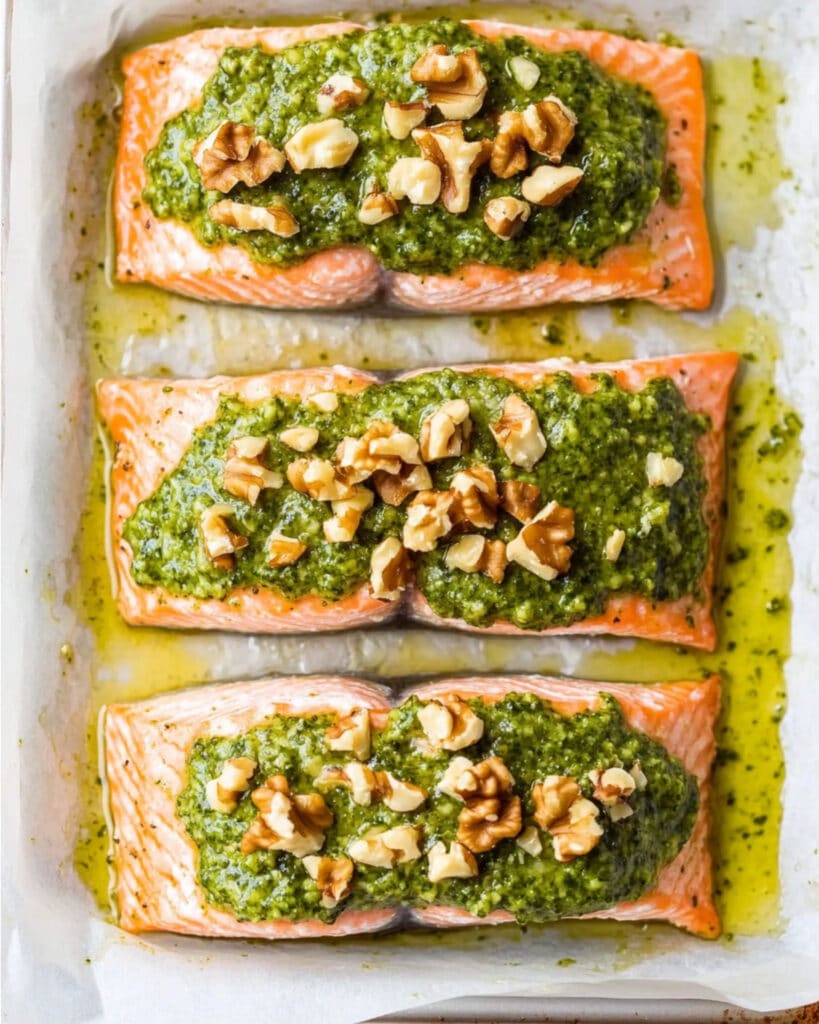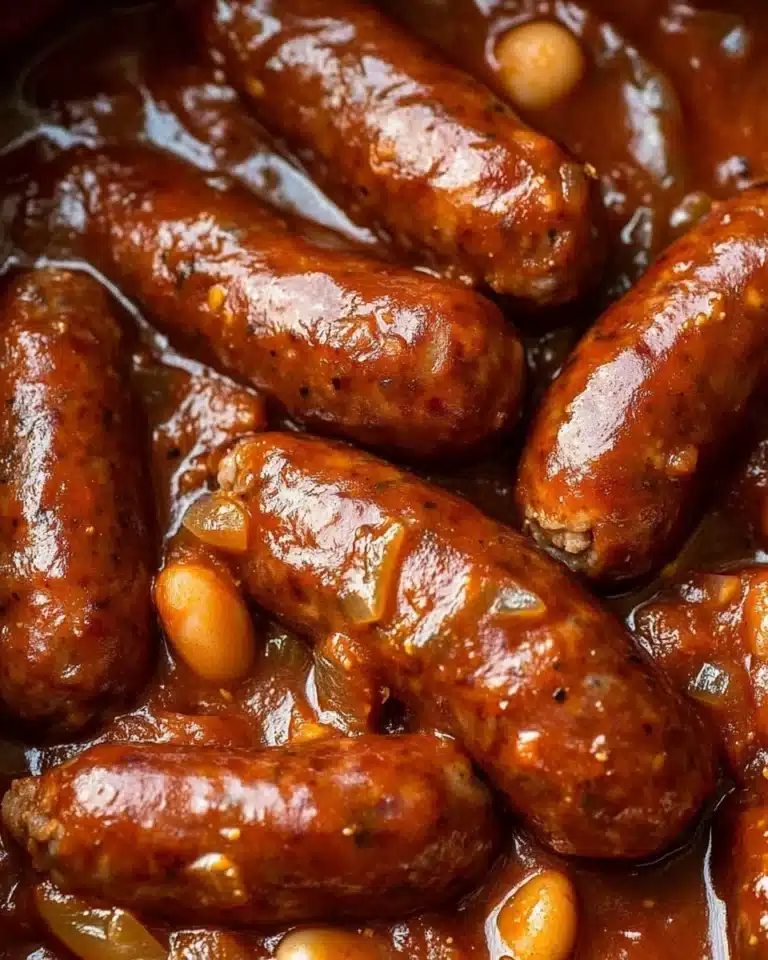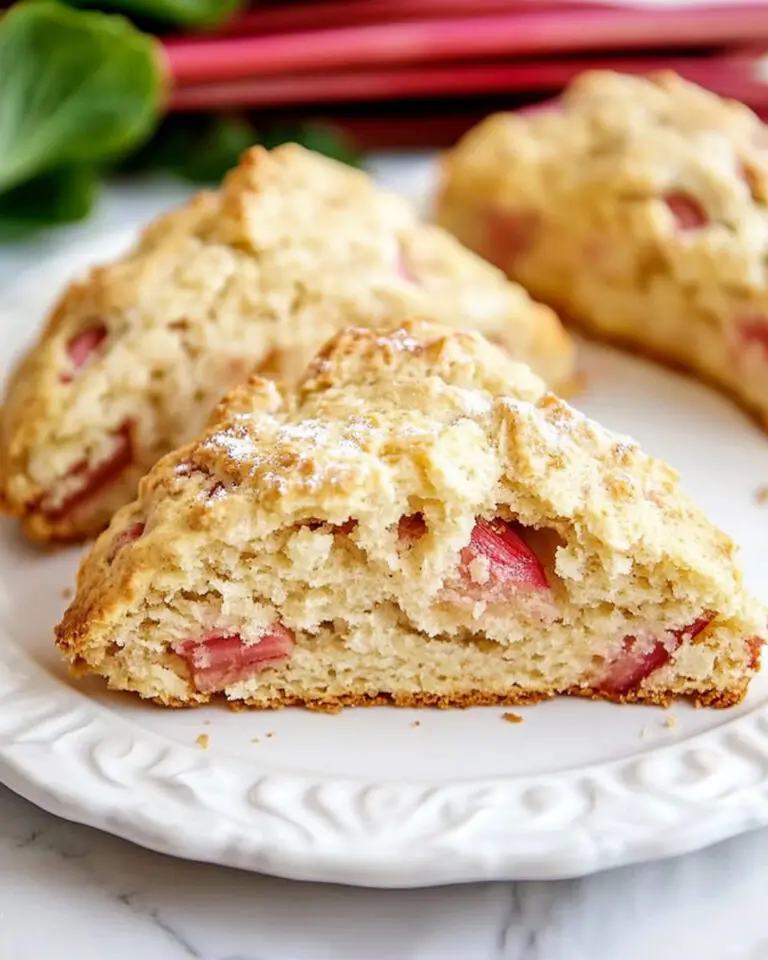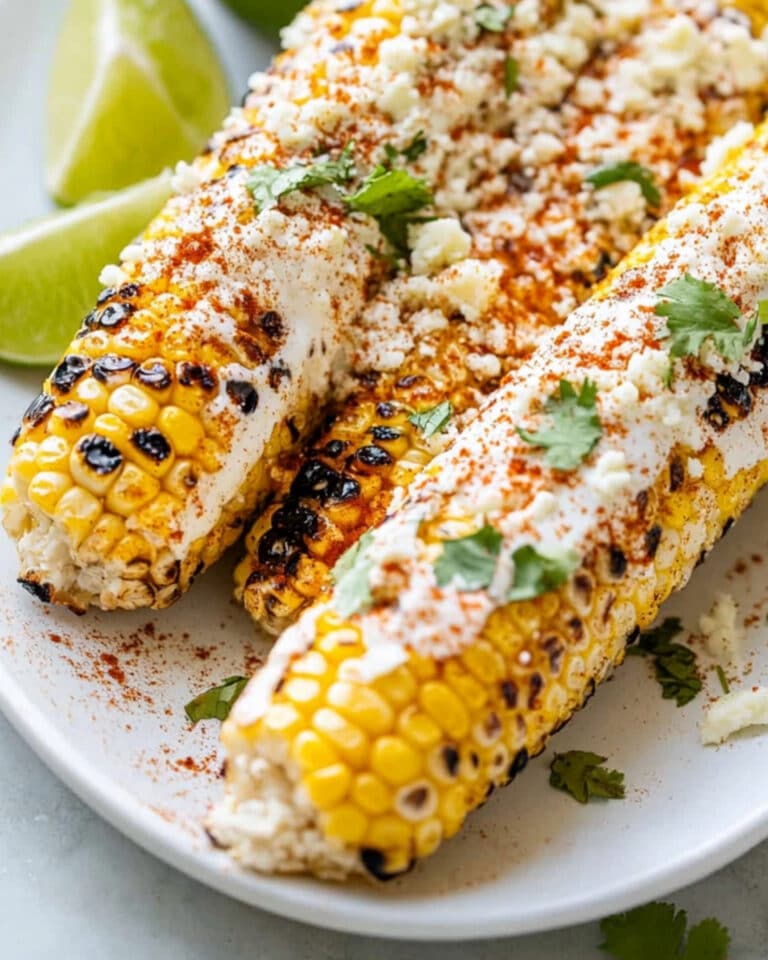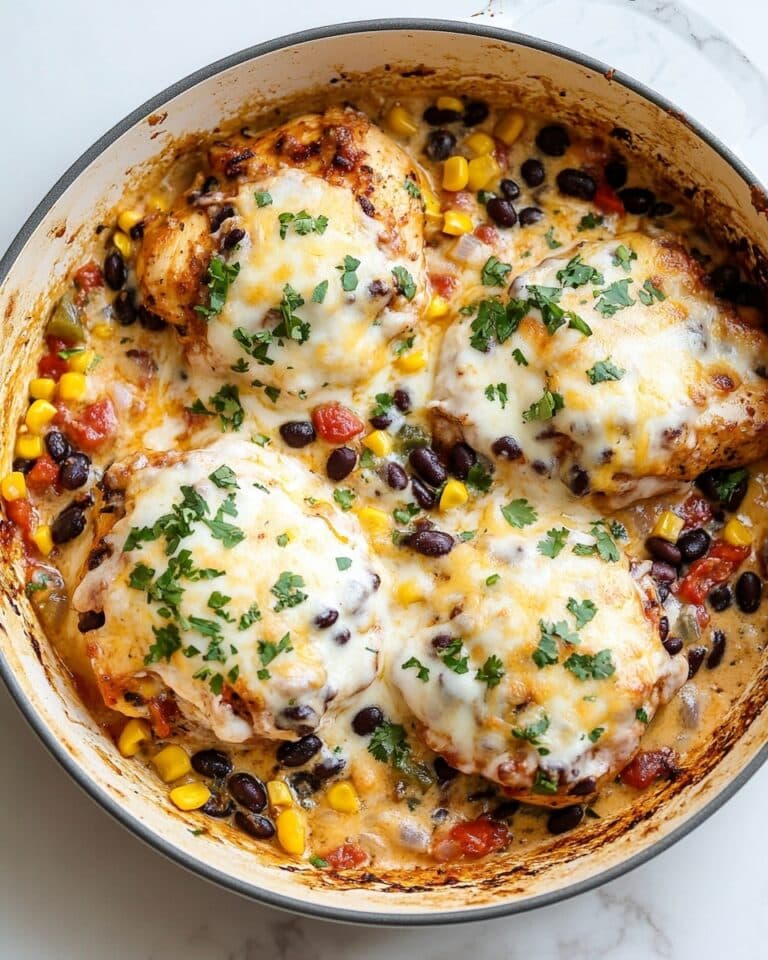This mouthwatering Pesto Salmon recipe transforms an ordinary weeknight dinner into something truly special. The delicate salmon fillets are baked to flaky perfection, then crowned with a vibrant basil walnut pesto that adds incredible depth of flavor. Ready in just 20 minutes, this dish delivers restaurant-quality results with minimal effort – perfect for busy evenings when you want something delicious but don’t have hours to spend in the kitchen.
Why You’ll Love This Recipe
- Quick and Impressive: From start to finish in 20 minutes, yet elegant enough for company.
- Flavor-packed: The combination of buttery salmon, bright lemon, and rich pesto creates layers of flavor that taste like they took hours to develop.
- Nutritional Powerhouse: Salmon provides heart-healthy omega-3 fatty acids while the pesto adds antioxidants and healthy fats from walnuts.
- Foolproof: Even beginner cooks can master this simple preparation method for perfectly cooked salmon every time.
Ingredients You’ll Need
- Salmon fillets: The star of the show! Look for fillets of even thickness for consistent cooking. Wild-caught offers the best flavor, but farm-raised works well too.
- Kosher salt and black pepper: Simple seasoning that enhances the salmon’s natural flavor without overpowering it.
- Butter: Creates a luxurious sauce that keeps the salmon moist during baking and adds richness.
- White wine: Adds acidity and depth to the butter sauce. Don’t worry about the alcohol—it cooks off, leaving just the flavor.
- Lemon juice: The brightness cuts through the richness of the salmon and complements the pesto beautifully.
- Basil walnut pesto: The crowning glory! This vibrant sauce brings herbaceous notes, nutty flavors, and a touch of garlic that elevates the entire dish.
- Walnuts: A crunchy garnish that echoes the nuts in the pesto and provides textural contrast to the tender salmon.
Note: You’ll find the complete list of ingredients, along with their exact measurements, in the printable recipe card at the bottom of this post.
Variations
Different Pestos
Try sun-dried tomato pesto for a Mediterranean twist, or cilantro-lime pesto for a Southwestern flair. Store-bought pesto works in a pinch, though homemade delivers superior flavor.
Protein Swaps
This preparation works beautifully with other fish like halibut or cod. For a land-based option, try chicken breasts (adjust cooking time to 25-30 minutes).
Dairy-Free Option
Replace the butter with olive oil and ensure your pesto is made without cheese for a delicious dairy-free version.
Sheet Pan Meal
Add asparagus, cherry tomatoes, or zucchini to the baking sheet for a complete one-pan dinner. Just add the vegetables around the salmon before baking.
How to Make Pesto Salmon
Step 1: Prepare the Oven and Salmon
Preheat your oven to 350°F. Prepare a baking sheet with a light coating of oil or nonstick spray. Place the salmon fillets on the sheet, ensuring they don’t touch each other for even cooking.
Step 2: Season
Season the salmon with a generous pinch of kosher salt and freshly ground black pepper. Don’t be shy with the seasoning—salmon can handle it!
Step 3: Create the Butter Mixture
In a small bowl, combine the melted butter, white wine (or chicken broth), and fresh lemon juice. Stir until well incorporated. This mixture will create a flavorful bath for the salmon while it bakes.
Step 4: Add Liquid and Bake
Pour the butter mixture evenly over each salmon fillet. The liquid will pool slightly around the fish, keeping it moist during baking. Place in the preheated oven and bake for 12-15 minutes.
Step 5: Prepare Pesto (if making homemade)
While the salmon bakes, prepare your basil walnut pesto or measure out store-bought pesto.
Step 6: Finish and Garnish
Once the salmon flakes easily with a fork, remove from the oven. Top each fillet with a generous tablespoon of pesto and sprinkle with chopped walnuts. Serve immediately for the best flavor and texture.
Pro Tips for Making the Recipe
- Don’t overcook: Salmon continues cooking after removing from the oven. For perfectly moist salmon, take it out when it reaches 130-135°F internal temperature.
- Room temperature salmon: Let salmon sit at room temperature for 10-15 minutes before cooking for more even baking.
- Pesto placement: Add the pesto after baking, not before. This preserves the fresh flavor and vibrant color of the herbs.
- Pat dry: Gently pat the salmon dry with paper towels before seasoning for better flavor absorption and more even cooking.
- Quality ingredients: Since this recipe has few ingredients, quality matters. Use fresh lemon juice (not bottled) and the best salmon you can afford.
How to Serve
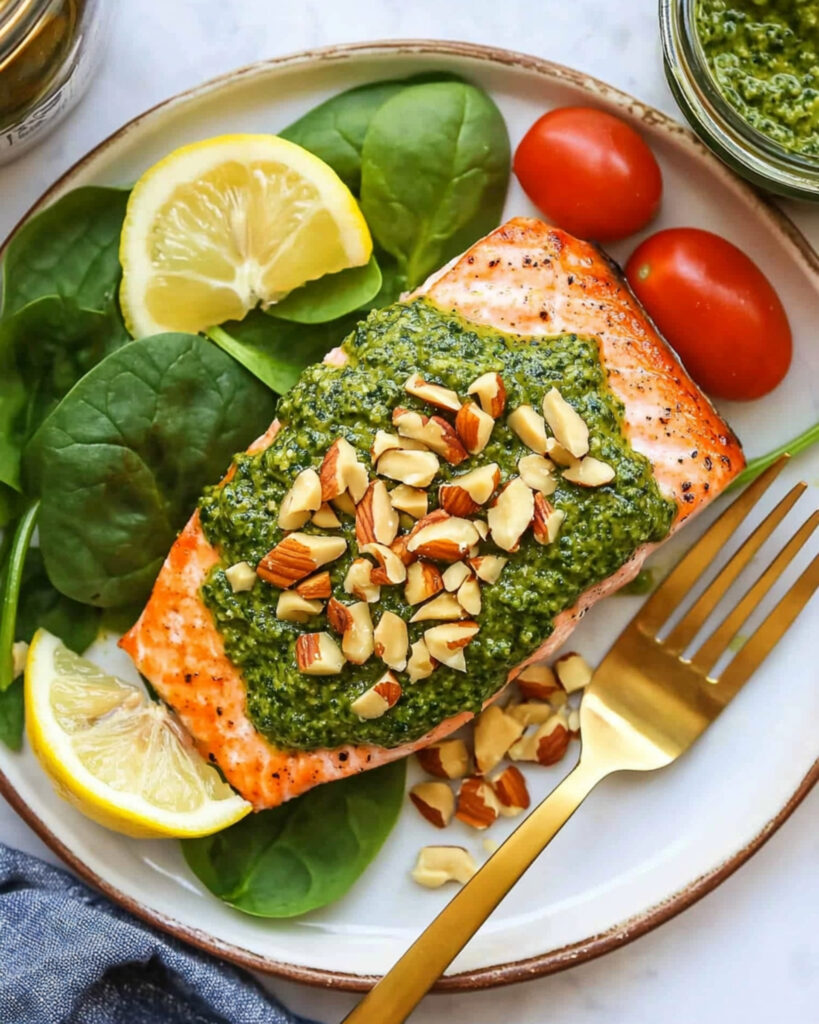
Perfect Pairings
This pesto salmon shines alongside simple sides like roasted asparagus, steamed green beans, or a light arugula salad. For a heartier meal, serve with garlic mashed potatoes or lemon herb rice.
Wine Pairing
A crisp Sauvignon Blanc or light Pinot Grigio beautifully complements the flavors in this dish. The wine you use for cooking works perfectly for drinking!
Presentation
For an impressive presentation, serve the salmon on a bed of wilted spinach or atop a small pool of additional pesto thinned with olive oil. A lemon wedge on the side adds both color and functionality.
Make Ahead and Storage
Storing Leftovers
Store cooled pesto salmon in an airtight container in the refrigerator for up to 3 days. The pesto may darken slightly but will still taste delicious.
Freezing
You can freeze the cooked salmon (without the pesto) for up to 3 months. Wrap individual portions tightly in plastic wrap, then foil, before placing in a freezer bag. Prepare fresh pesto when ready to serve.
Reheating
For the best texture, reheat gently in a 275°F oven until just warmed through (about 10-15 minutes). Microwaving is quicker but may make the salmon a bit dry. If using the microwave, cover the salmon with a damp paper towel and heat on 50% power.
FAQs
-
Can I use frozen salmon for this recipe?
Yes, but thaw it completely in the refrigerator first and pat it very dry before proceeding with the recipe. Frozen salmon tends to release more moisture during cooking, so you might need to extend the baking time by 2-3 minutes.
-
How do I know when the salmon is perfectly cooked?
The most reliable method is using an instant-read thermometer to check for an internal temperature of 130-135°F at the thickest part. Visually, look for the salmon to change from translucent to opaque pink, and it should flake easily with a fork but still maintain moisture.
-
Can I make this recipe without wine?
Absolutely! Substitute the white wine with chicken broth, vegetable broth, or even water with a splash more lemon juice. Each will provide moisture while baking, though the flavor profile will be slightly different.
-
Is homemade pesto necessary or can I use store-bought?
While homemade pesto offers superior flavor and freshness, a good-quality store-bought pesto works wonderfully when you’re short on time. If using store-bought, consider brightening it with a squeeze of fresh lemon juice and some chopped fresh basil before topping the salmon.
Final Thoughts
This Pesto Salmon recipe proves that extraordinary meals don’t require extraordinary effort. With just a handful of ingredients and minimal hands-on time, you’ll create a dish that feels special enough for celebrations yet simple enough for everyday dinners. The combination of flaky salmon, bright lemon, and herbaceous pesto creates a perfect harmony of flavors that will have everyone asking for seconds. Give it a try tonight – your taste buds will thank you!
Print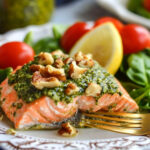
Pesto Salmon Recipe
- Prep Time: 5 minutes
- Cook Time: 15 minutes
- Total Time: 20 minutes
- Yield: 4 servings
- Category: Main-course
- Method: Baking
- Cuisine: American
Description
This Pesto Salmon recipe is an incredibly flavorful, quick, and healthy dish that’s perfect for busy weeknights or an elegant dinner. Succulent salmon fillets are baked to perfection, drizzled with a buttery lemon sauce, and topped with a fresh, herby basil walnut pesto. Simple to make, yet packed with gourmet-level taste, this is sure to become a favorite in your recipe collection!
Ingredients
For the Salmon
- 4 (3-ounce) salmon filets
- Kosher salt and freshly ground black pepper
- 3 tablespoons salted butter, melted (3/8 stick)
- 1/4 cup white wine or chicken broth
- 2 tablespoons fresh lemon juice (from 1 lemon)
- 1/4 cup basil walnut pesto
- 1/2 cup chopped walnuts (for garnish)
Instructions
- Preheat and Prepare Baking Sheet
Preheat your oven to 350°F. Brush a baking sheet with oil or spray with nonstick spray to ensure the salmon doesn’t stick during baking. Arrange the salmon fillets on the baking sheet. - Season the Salmon
Season the salmon fillets generously with kosher salt and freshly ground black pepper on both sides to enhance their natural flavor. - Prepare Butter Mixture
In a small bowl, combine the melted butter, white wine (or chicken broth), and fresh lemon juice. Mix until combined. Pour the butter mixture evenly over the seasoned salmon fillets, ensuring every piece is coated with this flavorful sauce. - Bake the Salmon
Bake the salmon in the preheated oven for 12-15 minutes, or until the fish flakes easily with a fork and is cooked through. The internal temperature should reach at least 125°F for medium-rare or 145°F for well-done. - Add Pesto and Garnish
Once the salmon is cooked, remove it from the oven. Add a tablespoon of basil walnut pesto on top of each fillet to enhance the flavor with herby goodness. Garnish with chopped walnuts for an added crunch. Serve immediately and enjoy.
Notes
- The USDA recommends an internal temperature of 145°F for baked salmon, but it is safe to eat at a lower temperature of 125°F for medium-rare doneness. Use an internal thermometer to check the thickest part of the fillet.
- When the fat begins to render out of the salmon and the skin turns light pink/white, it indicates the fish is cooked.
- Storage: Store leftover Pesto Salmon in an airtight container in the refrigerator for up to 3 days. Alternatively, freeze it for up to 3 months for longer storage.
Nutrition
- Serving Size: 1 salmon fillet
- Calories: 320
- Sugar: 0g
- Sodium: 280mg
- Fat: 26g
- Saturated Fat: 8g
- Unsaturated Fat: 18g
- Trans Fat: 0g
- Carbohydrates: 2g
- Fiber: 1g
- Protein: 2g
- Cholesterol: 60mg

